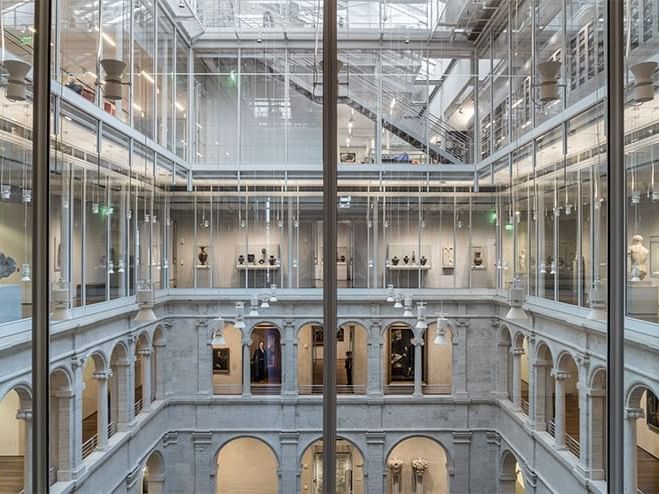Harvard Art Museums
The Harvard Art Museums, Among The World’s Leading Art Institutions, Comprise Three Museums (The Fogg, Busch-Reisinger, And Arthur M. Sackler Museums) And Four Research Centers (The Straus Center For Conservation And Technical Studies, The Center For The Technical Study Of Modern Art, The Harvard Art Museums Archives, And The Archaeological Exploration Of Sardis).
The Fogg Museum Includes Western Art From The Middle Ages To The Present; The Busch-Reisinger Museum, Unique Among North American Museums, Is Dedicated To The Study Of All Modes And Periods Of Art From Central And Northern Europe, With An Emphasis On German-Speaking Countries; And The Arthur M. Sackler Museum Is Focused On Asian, Ancient, And Islamic And Later Indian Art. Together, The Collections Include Approximately 250,000 Objects In All Media. The Harvard Art Museums Are Distinguished By The Range And Depth Of Their Collections, Their Groundbreaking Exhibitions, And The Original Research Of Their Staff. Integral To Harvard University And The Wider Community, The Museums And Research Centers Serve As Resources For Students, Scholars, And The Public. For More Than A Century They Have Been The Nation’s Premier Training Ground For Museum Professionals And Are Renowned For Their Seminal Role In Developing The Discipline Of Art History In The United States.
